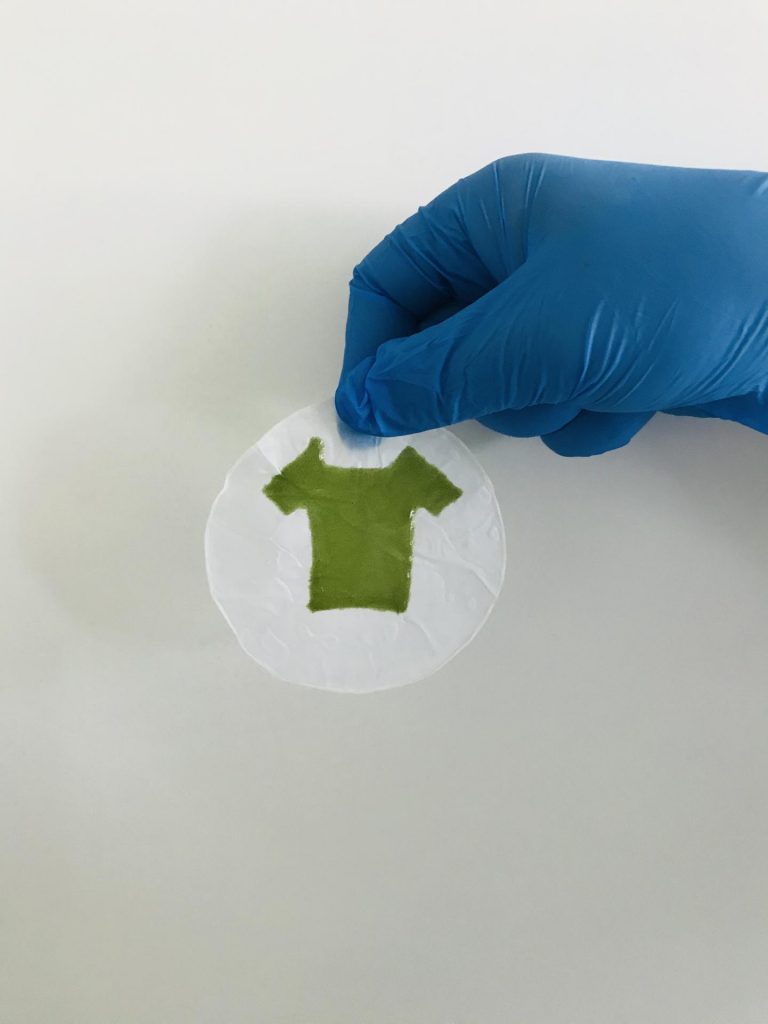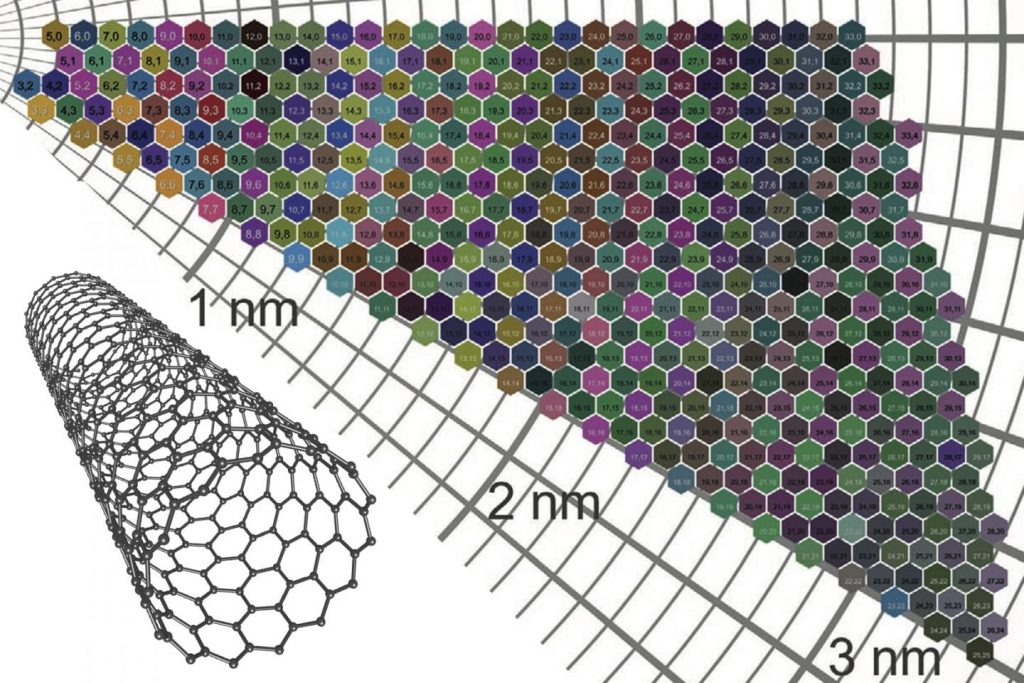It’s been a busy week for the Council of Canadian Academies (CCA); I don’t usually get two notices in such close order.
2022 science policy internship
The application deadline is Oct. 18, 2021, you will work remotely, and the stipend for the 2020 internship was $18,500 for six months.
Here’s more from a September 13, 2021 CCA notice (received Sept. 13, 2021 via email),
CCA Accepting Applications for Internship Program
…
The program provides interns with an opportunity to gain experience working at the interface of science and public policy. Interns will participate in the development of assessments by conducting research in support of CCA’s expert panel process.
The internship program is a full-time commitment of six months and will be a remote opportunity due to the Covid-19 pandemic.
Applicants must be recent graduates with a graduate or professional degree, or post-doctoral fellows, with a strong interest in the use of evidence for policy. The application deadline is October 18, 2021. The start date is January 10, 2022. Applications and letters of reference should be addressed to Anita Melnyk at internship@cca-reports.ca.
More information about the CCA Internship Program and the application process can be found here. [Note: The link takes you to a page with information about a 2020 internship opportunity; presumably, the application requirements have not changed.]
Good luck!
Expert Panel on Public Safety in the Digital Age Announced
I have a few comments (see the ‘Concerns and hopes’ subhead) about this future report but first, here’s the announcement of the expert panel that was convened to look into the matter of public safety (received via email September 15, 2021),
CCA Appoints Expert Panel on Public Safety in the Digital Age
…
Access to the internet and digital technologies are essential for people, businesses, and governments to carry out everyday activities. But as more and more activities move online, people and organizations are increasingly vulnerable to serious threats and harms that are enabled by constantly evolving technology. At the request of Public Safety Canada, [emphasis mine] the Council of Canadian Academies (CCA) has formed an Expert Panel to examine leading practices that could help address risks to public safety while respecting human rights and privacy. Jennifer Stoddart, O.C., Strategic Advisor, Privacy and Cybersecurity Group, Fasken Martineau DuMoulin [law firm], will serve as Chair of the Expert Panel.
“The ever-evolving nature of crimes and threats that take place online present a huge challenge for governments and law enforcement,” said Ms. Stoddart. “Safeguarding public safety while protecting civil liberties requires a better understanding of the impacts of advances in digital technology and the challenges they create.”
As Chair, Ms. Stoddart will lead a multidisciplinary group with expertise in cybersecurity, social sciences, criminology, law enforcement, and law and governance. The Panel will answer the following question:
Considering the impact that advances in information and communications technologies have had on a global scale, what do current evidence and knowledge suggest regarding promising and leading practices that could be applied in Canada for investigating, preventing, and countering threats to public safety while respecting human rights and privacy?
“This is an important question, the answer to which will have both immediate and far-reaching implications for the safety and well-being of people living in Canada. Jennifer Stoddart and this expert panel are very well-positioned to answer it,” said Eric M. Meslin, PhD, FRSC, FCAHS, President and CEO of the CCA.
More information about the assessment can be found here.
The Expert Panel on Public Safety in the Digital Age:
- Jennifer Stoddart (Chair), O.C., Strategic Advisor, Privacy and Cybersecurity Group, Fasken Martineau DuMoulin [law firm].
- Benoît Dupont, Professor, School of Criminology, and Canada Research Chair in Cybersecurity and Research Chair for the Prevention of Cybercrime, Université de Montréal; Scientific Director, Smart Cybersecurity Network (SERENE-RISC). Note: This is one of Canada’s Networks of Centres of Excellence (NCE)
- Richard Frank, Associate Professor, School of Criminology, Simon Fraser University; Director, International CyberCrime Research Centre International. Note: This is an SFU/ Society for the Policing of Cyberspace (POLCYB) partnership
- Colin Gavaghan, Director, New Zealand Law Foundation Centre for Law and Policy in Emerging Technologies, Faculty of Law, University of Otago.
- Laura Huey, Professor, Department of Sociology, Western University; Founder, Canadian Society of Evidence Based Policing [Can-SEPB].
- Emily Laidlaw, Associate Professor and Canada Research Chair in Cybersecurity Law, Faculty of Law, University of Calgary.
- Arash Habibi Lashkari, Associate Professor, Faculty of Computer Science, University of New Brunswick; Research Coordinator, Canadian Institute of Cybersecurity [CIC].
- Christian Leuprecht, Class of 1965 Professor in Leadership, Department of Political Science and Economics, Royal Military College; Director, Institute of Intergovernmental Relations, School of Policy Studies, Queen’s University.
- Florian Martin-Bariteau, Associate Professor of Law and University Research Chair in Technology and Society, University of Ottawa; Director, Centre for Law, Technology and Society.
- Shannon Parker, Detective/Constable, Saskatoon Police Service.
- Christopher Parsons, Senior Research Associate, Citizen Lab, Munk School of Global Affairs & Public Policy, University of Toronto.
- Jad Saliba, Founder and Chief Technology Officer, Magnet Forensics Inc.
- Heidi Tworek, Associate Professor, School of Public Policy and Global Affairs, and Department of History, University of British Columbia.
Oddly, there’s no mention that Jennifer Stoddart (Wikipedia entry) was Canada’s sixth privacy commissioner. Also, Fasken Martineau DuMoulin (her employer) changed its name to Fasken in 2017 (Wikipedia entry). The company currently has offices in Canada, UK, South Africa, and China (Firm webpage on company website).
Exactly how did the question get framed?
It’s always informative to look at the summary (from the reports Public Safety in the Digital Age webpage on the CCA website),
Information and communications technologies have profoundly changed almost every aspect of life and business in the last two decades. While the digital revolution has brought about many positive changes, it has also created opportunities for criminal organizations and malicious actors [emphasis mine] to target individuals, businesses, and systems. Ultimately, serious crime facilitated by technology and harmful online activities pose a threat to the safety and well-being of people in Canada and beyond.
Damaging or criminal online activities can be difficult to measure and often go unreported. Law enforcement agencies and other organizations working to address issues such as the sexual exploitation of children, human trafficking, and violent extremism [emphasis mine] must constantly adapt their tools and methods to try and prevent and respond to crimes committed online.
A better understanding of the impacts of these technological advances on public safety and the challenges they create could help to inform approaches to protecting public safety in Canada.
This assessment will examine promising practices that could help to address threats to public safety related to the use of digital technologies while respecting human rights and privacy.
The Sponsor:
Public Safety Canada
The Question:
Considering the impact that advances in information and communications technologies have had on a global scale, what do current evidence and knowledge suggest regarding promising and leading practices that could be applied in Canada for investigating, preventing, and countering threats to public safety while respecting human rights and privacy?
Three things stand out for me. First, public safety, what is it?, second, ‘malicious actors’, and third, the examples used for the issues being addressed (more about this in the Comments subsection, which follows).
What is public safety?
Before launching into any comments, here’s a description for Public Safety Canada (from their About webpage) where you’ll find a hodge podge,
Public Safety Canada was created in 2003 to ensure coordination across all federal departments and agencies responsible for national security and the safety of Canadians.
Our mandate is to keep Canadians safe from a range of risks such as natural disasters, crime and terrorism.
Our mission is to build a safe and resilient Canada.
…
The Public Safety Portfolio
A cohesive and integrated approach to Canada’s security requires cooperation across government. Together, these agencies have an annual budget of over $9 billion and more than 66,000 employees working in every part of the country.
Public Safety Partner Agencies
The Canada Border Services Agency (CBSA) manages the nation’s borders by enforcing Canadian laws governing trade and travel, as well as international agreements and conventions. CBSA facilitates legitimate cross-border traffic and supports economic development while stopping people and goods that pose a potential threat to Canada.
The Canadian Security Intelligence Service (CSIS) investigates and reports on activities that may pose a threat to the security of Canada. CSIS also provides security assessments, on request, to all federal departments and agencies.
The Correctional Service of Canada (CSC) helps protect society by encouraging offenders to become law-abiding citizens while exercising reasonable, safe, secure and humane control. CSC is responsible for managing offenders sentenced to two years or more in federal correctional institutions and under community supervision.
The Parole Board of Canada (PBC) is an independent body that grants, denies or revokes parole for inmates in federal prisons and provincial inmates in province without their own parole board. The PBC helps protect society by facilitating the timely reintegration of offenders into society as law-abiding citizens.
The Royal Canadian Mounted Police (RCMP) enforces Canadian laws, prevents crime and maintains peace, order and security.
…
So, Public Safety includes a spy agency (CSIS), the prison system (Correctional Services and Parole Board), and the national police force (RCMP) and law enforcement at the borders with the Canada Border Services Agency (CBSA). None of the partner agencies are dedicated to natural disasters although it’s mentioned in the department’s mandate.
The focus is largely on criminal activity and espionage. On that note, a very senior civilian RCMP intelligence official, Cameron Ortis*, was charged with passing secrets to foreign entities (malicious actors?). (See the September 13, 2021 [updated Sept. 15, 2021] news article by Amanda Connolly, Mercedes Stephenson, Stewart Bell, Sam Cooper & Rachel Browne for CTV news and the Sept. 18, 2019 [updated January 6, 2020] article by Douglas Quan for the National Post for more details.)
There appears to be at least one other major security breach; that involving Canada’s only level four laboratory, the Winnipeg-based National Microbiology Lab (NML). (See a June 10, 2021 article by Karen Pauls for Canadian Broadcasting Corporation news online for more details.)
As far as I’m aware, Ortis is still being held with a trial date scheduled for September 2022 (see Catherine Tunney’s April 9, 2021 article for CBC news online) and, to date, there have been no charges laid in the Winnipeg lab case.
Concerns and hopes
Ordinarily I’d note links and relationships between the various expert panel members but in this case it would be a big surprise if they weren’t linked in some fashion as the focus seems to be heavily focused on cybersecurity (as per the panel member’s bios.), which I imagine is a smallish community in Canada.
As I’ve made clear in the paragraphs leading into the comments, Canada appears to have seriously fumbled the ball where national and international cybersecurity is concerned.
So getting back to “First, public safety, what is it?, second, ‘malicious actors’, and third, the examples used for the issues,” I’m a bit puzzled.
Public safety as best I can tell, is just about anything they’d like it to be. ‘Malicious actors’ is a term I’ve seen used to imply a foreign power is behind the actions being held up for scrutiny.
The examples used for the issues being addressed “sexual exploitation of children, human trafficking, and violent extremism” hint at a focus on crimes that cross borders and criminal organizations, as well as, like-minded individuals organizing violent and extremist acts but not specifically at any national or international security concerns.
On a more mundane note, I’m a little surprised that identity theft wasn’t mentioned as an example.
I’m hopeful there will be some examination of emerging technologies such as quantum communication (specifically, encryption issues) and artificial intelligence. I also hope the report will include a discussion about mistakes and over reliance on technology (for a refresher course on what happens when organizations, such as the Canadian federal government, make mistakes in the digital world; search ‘Phoenix payroll system’, a 2016 made-in-Canada and preventable debacle, which to this day is still being fixed).
In the end, I think the only topic that can be safely excluded from the report is climate change otherwise it’s a pretty open mandate as far as can be told from publicly available information.
I noticed the international panel member is from New Zealand (the international component is almost always from the US, UK, northern Europe, and/or the Commonwealth). Given that New Zealand (as well as being part of the commonwealth) is one of the ‘Five Eyes Intelligence Community’, which includes Canada, Australia, the UK, the US, and, NZ, I was expecting a cybersecurity expert. If Professor Colin Gavaghan does have that expertise, it’s not obvious on his University of Otaga profile page (Note: Links have been removed),
Research interests
Colin is the first director of the New Zealand Law Foundation sponsored Centre for Law and Policy in Emerging Technologies. The Centre examines the legal, ethical and policy issues around new technologies. To date, the Centre has carried out work on biotechnology, nanotechnology, information and communication technologies and artificial intelligence.
In addition to emerging technologies, Colin lectures and writes on medical and criminal law.
Together with colleagues in Computer Science and Philosophy, Colin is the leader of a three-year project exploring the legal, ethical and social implications of artificial intelligence for New Zealand.
Background
Colin regularly advises on matters of technology and regulation. He is first Chair of the NZ Police’s Advisory Panel on Emergent Technologies, and a member of the Digital Council for Aotearoa, which advises the Government on digital technologies. Since 2017, he has been a member (and more recently Deputy Chair) of the Advisory Committee on Assisted Reproductive Technology. He was an expert witness in the High Court case of Seales v Attorney General, and has advised members of parliament on draft legislation.
He is a frustrated writer of science fiction, but compensates with occasional appearances on panels at SF conventions.
…
I appreciate the sense of humour evident in that last line.
Almost breaking news
Wednesday, September 15, 2021 an announcement of a new alliance in the Indo-Pacific region, the Three Eyes (Australia, UK, and US or AUKUS) was made.
Interestingly all three are part of the Five Eyes intelligence alliance comprised of Australia, Canada, New Zealand, UK, and US. Hmmm … Canada and New Zealand both border the Pacific and last I heard, the UK is still in Europe.
A September 17, 2021 article, “Canada caught off guard by exclusion from security pact” by Robert Fife and Steven Chase for the Globe and Mail (I’m quoting from my paper copy),
The Canadian government was surprised this week by the announcement of a new security pact among the United States, Britain and Australia, one that excluded Canada [and New Zealand too] and is aimed at confronting China’s growing military and political influence in the Indo-Pacific region, according to senior government officials.
Three officials, representing Canada’s Foreign Affairs, Intelligence and Defence departments, told the Globe and Mail that Ottawa was not consulted about the pact, and had no idea the trilateral security announcement was coming until it was made on Wednesday [September 15, 2021] by U.S. President Joe Biden, British Prime Minister Boris Johnson and Australian Prime Minister Scott Morrison.
…
The new trilateral alliance, dubbed AUKUS, after the initials of the three countries, will allow for greater sharing of information in areas such as artificial intelligence and cyber and underwater defence capabilities.
…
Fife and Chase have also written a September 17, 2021 Globe and Mail article titled, “Chinese Major-General worked with fired Winnipeg Lab scientist,”
…
… joint research conducted between Major-General Chen Wei and former Canadian government lab scientist Xiangguo Qiu indicates that co-operation between the Chinese military and scientists at the National Microbiology Laboratory (NML) went much higher than was previously known. The People’s Liberation Army is the military of China’s ruling Communist Party.
…
Given that no one overseeing the Canadian lab, which is a level 4 and which should have meant high security, seems to have known that Wei was a member of the military and with the Cameron Ortis situation still looming, would you have included Canada in the new pact?
*ETA September 20, 2021: For anyone who’s curious about the Cameron Ortis case, there’s a Fifth Estate documentary (approximately 46 minutes): The Smartest Guy in the Room: Cameron Ortis and the RCMP Secrets Scandal.



